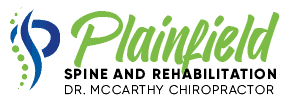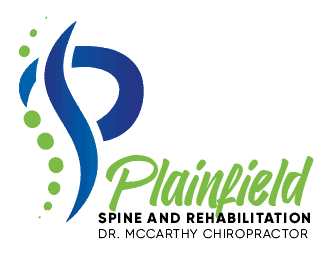To start off, the sun’s UV (Ultraviolet) rays help to produce endorphins and Vitamin D in the human body. Also known as the “sunshine vitamin”, it has been proven to be beneficial to bone strength by promoting the absorption of calcium, the mineral that keeps your bones strong; blood cells, as well as the immune system. While there are such thing as bad rays from the sun, such as UVB, small amounts of UV light can actually help improve your physical and emotional well being.
Sunlight has also reportedly helped people get better sleep at night. Human eyes need light to help set their internal clock as well as balancing melatonin levels, so early morning sunlight can actually aid in the process of going to sleep at night. Many professionals actually use light therapy, also known as phototherapy, to help assist in the treatment of many conditions such as Post-Traumatic Stress Disorder (PTSD), Depression, and Seasonal Affective Disorder (SAD). Seasonal Affective Disorder is very common, with over three million cases per year. This typically consists of symptoms such as fatigue, depression, feelings of hopelessness, as well as social withdrawal. This most commonly happens in climates where sunlight is very limited at certain times throughout the year, most commonly being winter time. When it comes to depression, which can be characterized by significantly depressed moods and loss in interest in activities, sunlight can also be very helpful. This is because sunlight increases the production of a chemical in the brain called seratonin, which helps you calm down, stay focused, but can also provide you with more energy. Lower levels of seratonin are associated with a higher risk of depression, along with the potential of developing Seasonal Affective Disorder. In the same breath, when conversing about anxiety, while there is not a direct cause and effect relationship between sunlight and decrease in anxiety levels, it is seen that people do experience lessened levels of anxiety and panic attacks with heightened amounts of sunlight exposure.
Along with the emotional and mental well being, the sun can also help you out physically. With sunlight usually comes motivation and boosted moods. Thus, the reason you commonly see people running or working out outdoors more in the summertime. Plus, as you workout outside, you are also getting a healthy amount of UV, which as we discussed, is good for overall improvement of mood, energy, and production of vitamin D. When the sunlight hits your skin, it releases something called nitric oxide into your blood, which brings down blood pressure and improves heart health. In turn, maintaining healthy blood pressure can reduce the risk of stroke and/or cardiac disease. It has also been seen in studies that small amounts of UV light have been used in treating various skin conditions such as eczema, psoriasis, and vitiligo; the rays can help calm inflammation and soothe itchy skin. Professionals use the phototherapy method in theses situations by administering healthy amounts of UV to the affected area, utilizing the proper device. These sessions can take anywhere from a few seconds up to a few hours, depending on the affected area. On top of treating skin conditions, sunlight is just generally good for the skin in small doses. Keep in mind, the sun’s UV rays are their strongest between 10 am and 4 pm, so plan your exposure accordingly. Although there are risks involved with sunlight exposure to the skin, as long as proper SPF is applied, generous sun exposure is not always detrimental. It is seen that exposure to sunlight can help improve the pores in your skin as well as potentially help with minor texture problems and acne. Overall, if you want a healthy glow, don’t be afraid to step outside and catch a few rays just don’t get burnt.


